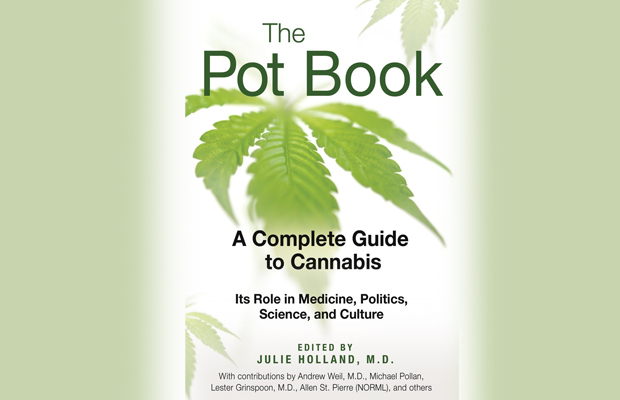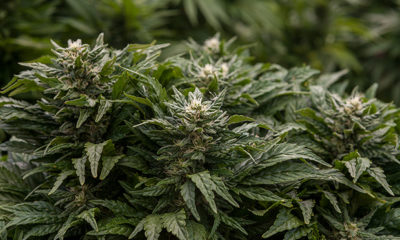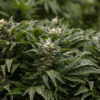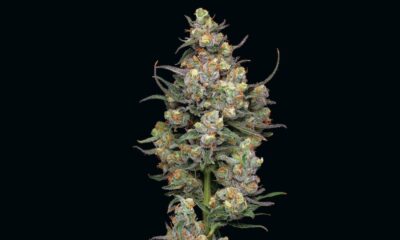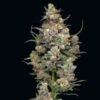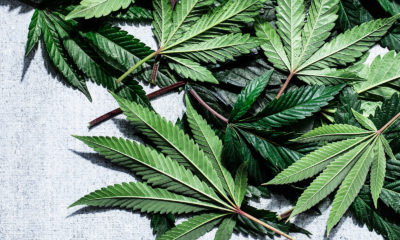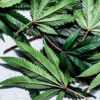Books
The Pot Book: A Complete Guide to Cannabis
“The Pot Book: A Complete Guide to Cannabis” provides a political and scientific look into the plant’s abundant history, prohibition, legal ramifications and the potential for complete integration into medical circles in the near future. Psychiatrist Julie Holland gathers academia’s leading experts and industry insiders to dispel misinformation and shed light on the ill-conceived classification that marijuana is a highly-addictive drug with no redeeming qualities whatsoever – medical or otherwise. This collection of essays and research is split into five parts: An Overview of Cannabis, Risks of Use and Harm Reduction, The Clinical Use of Cannabis, Cannabis Culture and Steps in the Right Direction. Each part provides a breadth of information ranging from biology to state-to-state legal comparisons to botanical nomenclature and beyond.
The foreword, written by former Harvard psychiatry professor/marijuana activist Dr. Lester Grinspoon sets the stage for how cannabis use is stereotypically seen in the United States. Dr. Grinspoon also wrote the 1971 book, “Marihuana Reconsidered” which points out that cannabis has had multiple practical applications for thousands of years. Since the publication of this seminal text over 30 years ago, the merits of the plant’s usefulness as a food, fuel, fiber and medicine are still being disputed. The tone of this piece establishes the very serious and very difficult task of shirking the political game being played around the widespread cultural acceptance of cannabis as an aid rather than a hindrance.
The bulk of the book is found in its first three parts that formulate a heavy emphasis on medicine, politics and science. Its scholarly diction strengthens cannabis’ ability to shine on its own as a fascinating herb and cements this collection as an informational tool as opposed to entertaining, light reading. Each of the hearty chapters begins with a brief but thoughtful introduction by Dr. Holland, sharing her perspective as a psychiatrist and advocate of ending cannabis prohibition.
Top-notch doctors, Ivy League professors, groundbreaking writers, daring scientists and other cannabis insiders give readers straight-forward writing that allows the complexities of the plant’s rich past, present and future to speak for itself. The book is full of leading experts and activists including names some might recognize like NORML Director Allen St. Pierre, High Times Senior Cultivation Editor Danny Danko, Bestselling author Michael Pollan and Andrew Weil, a leader in integrative medicine. There are also some awesome contributions from shot-calling women behind the scenes that might become frequently used names in the industry like the founder of the Safety First Project Marsha Rosenbaum, the director of Canadians for Safe Access N. Rielle Capler and the program coordinator of the Medicinal Plant Program Zoe Gardner.
The inclusion of tables, charts, diagrams and illustrations is helpful throughout the book. Readers can decide whether to tackle the book as a whole or pick-and-choose which essays to conquer first without the need to rely on surrounding chapters for clarity thanks to the structure of the collection. This is a good option to have when approaching a book with such density and gives readers a chance to catch their breath with essays like “Thots on Pot” and “Pot, Parenting and Myself” or Dr. Holland’s interview with stoner culture mascot Tommy Chong, “Getting Busted Is Not So Funny.” There are also pages and pages of resources where readers can find additional articles and a variety of websites they can check out online.
Some chapters in the book run the risk of alienating readers that do not have some periphery knowledge or interest in hyper-focused topical essays like “Anandamide and More,” which is weighed down with lots of pharmacological jargon and illustrations of complicated chemical structures or “Medical Risks and Toxicology,” which dryly discusses the absorption, distribution, metabolism and excretion of cannabis. Readers might also find it a little frustrating trying to remember the countless abbreviations for organizations, departments, pharmaceutical drugs, biological compounds and medical terms, but that comes with the territory of being treated like an intelligent audience.
This book serves as an excellent reference guide for people with entry-level to intermediate knowledge of cannabis. Julie Holland leaves no stone unturned in this powerful collection and equips readers with an abundance of factually sound information to ignite the vigor of why modern culture must understand the importance of cannabis and hemp to our society. Although interesting, the facts are sometimes made colorless by the unforgiving technical language. That’s why this collection is recommended for voracious readers with an appetite for details and particulars. Academic, heavy, highly informative and fascinating, “The Pot Book” belongs on the shelves of brainy cannabis advocates and should be shared with those that have been woefully misinformed about this wonder plant.
Are you interested in reading this book? Let us know in the comments below.
Click here to purchase.



